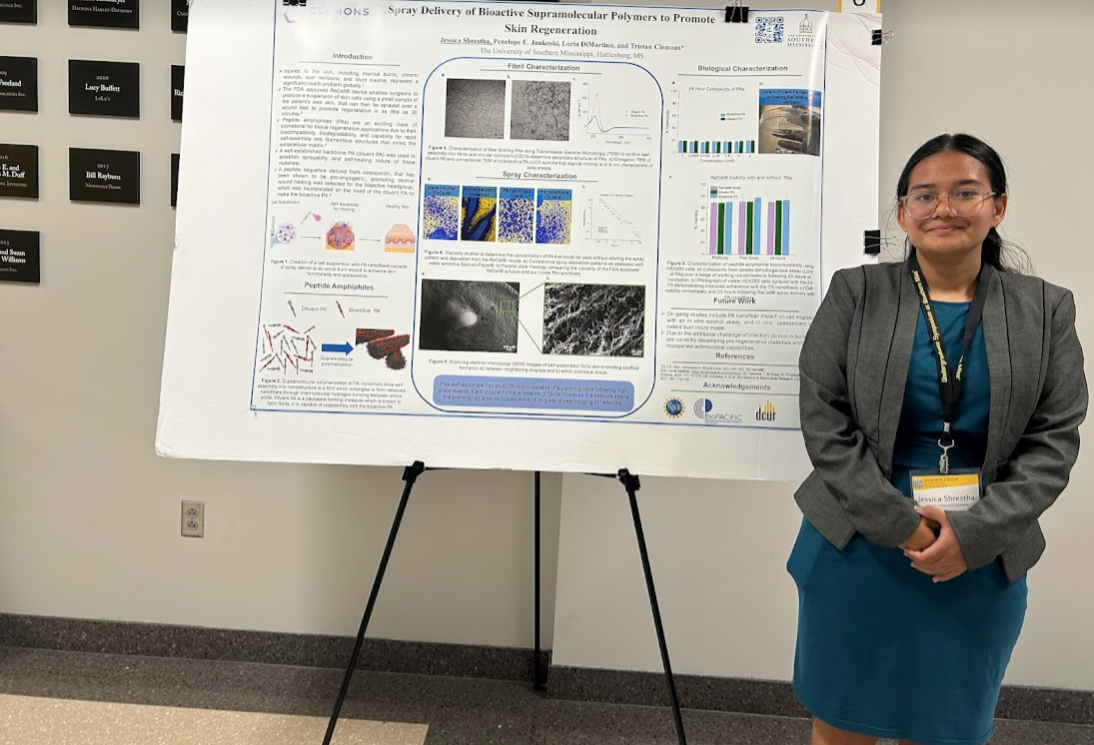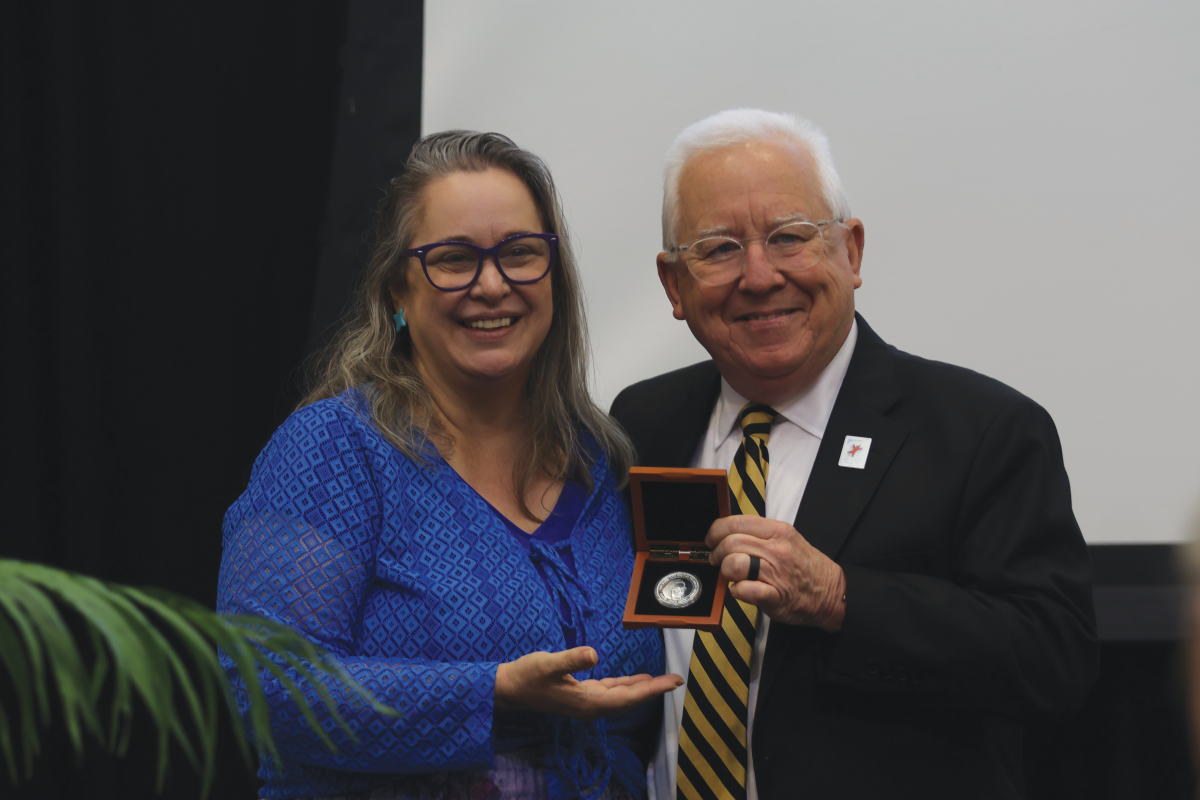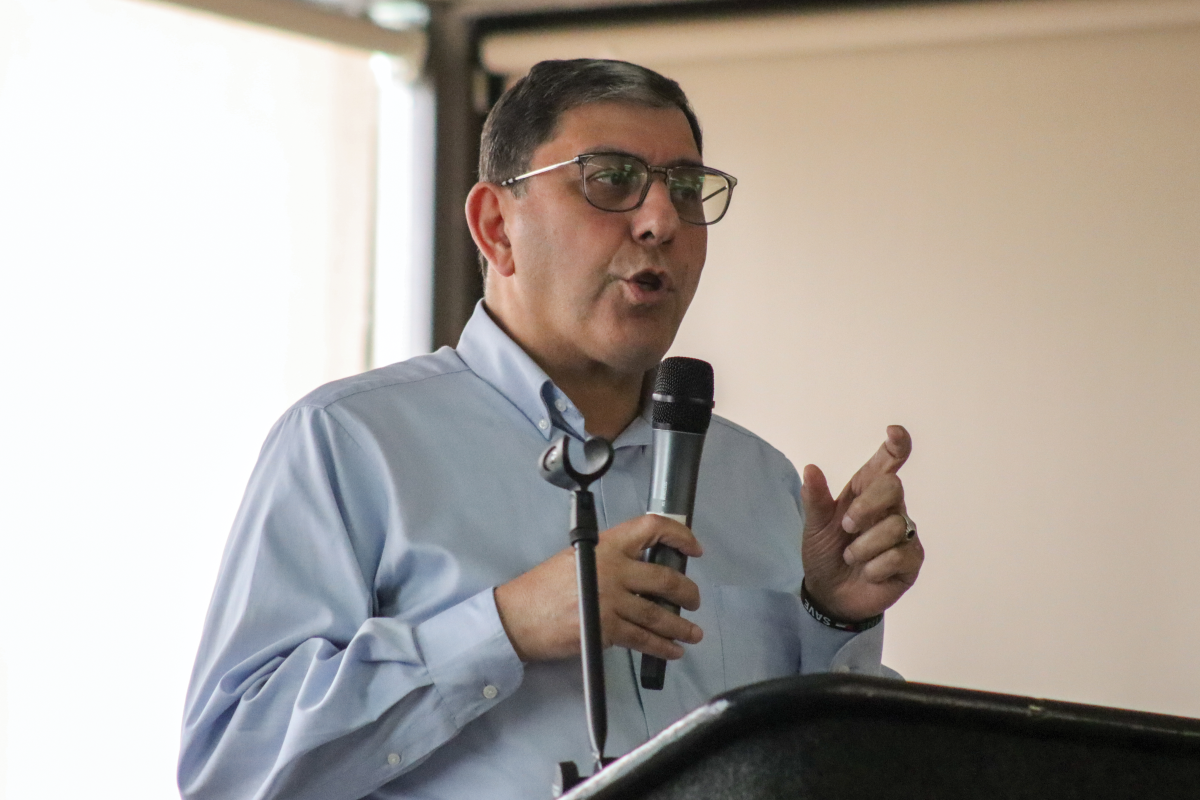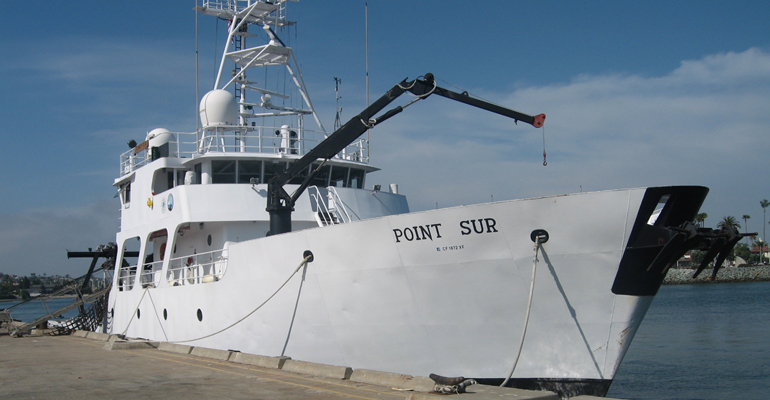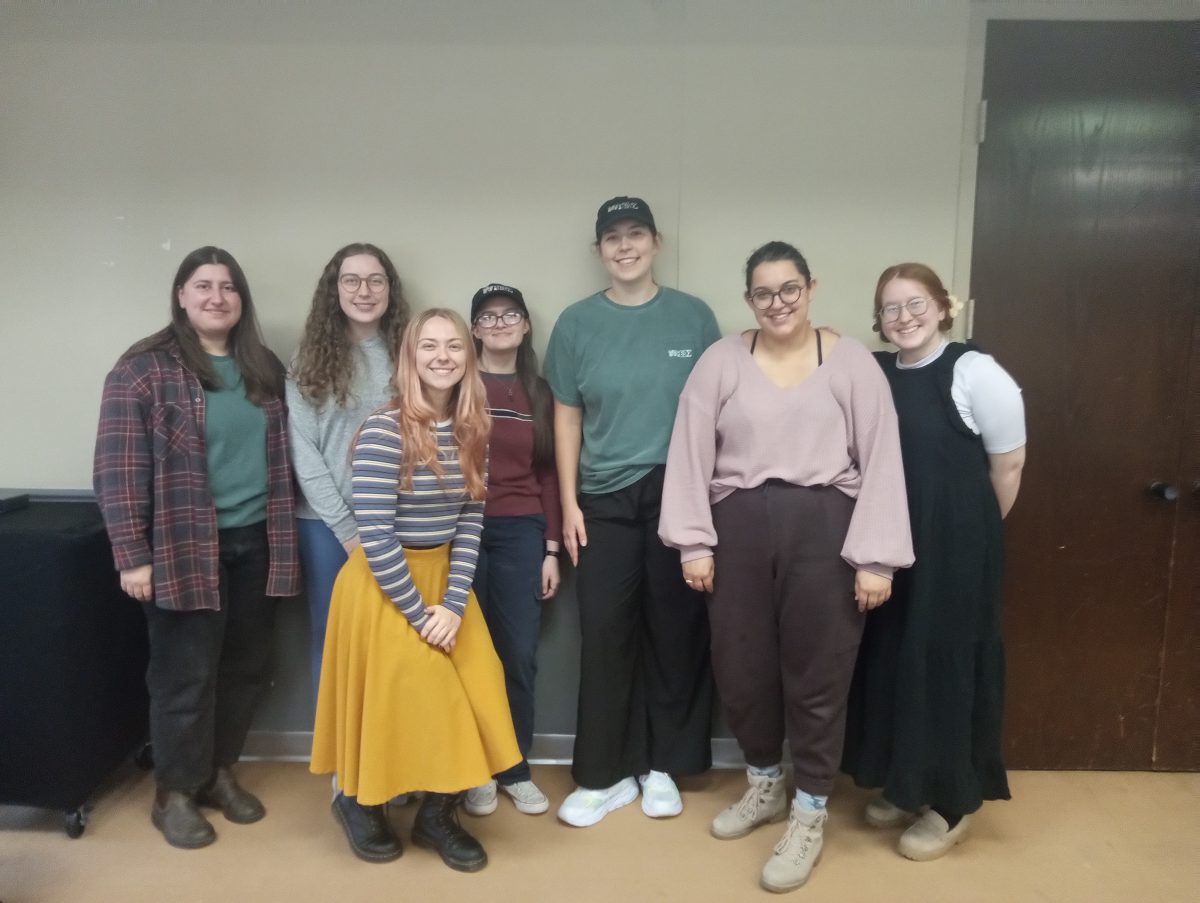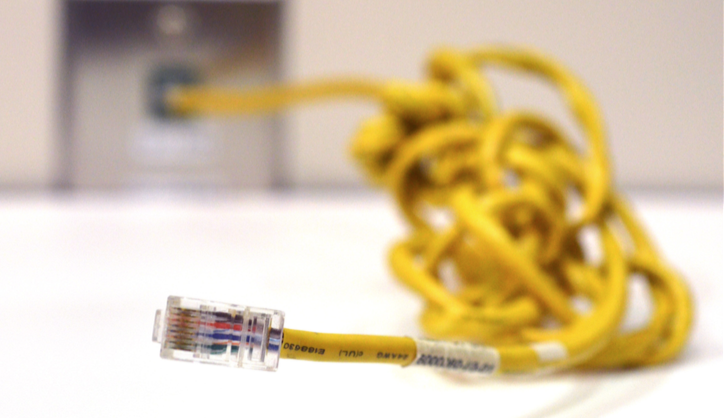The Point Sur vessel USM purchased from the San Jose State University Research Foundation.
The State College Board approved The University of Southern Mississippi’s $1 million purchase of a research vessel from San Jose State Feb. 25.
The Mississippi Department of Environmental Quality provided USM the grant to buy the “Point Sur” vessel from the San Jose State University Research Foundation. The ship will travel from Monterrey, California, to Gulfport via the Panama Canal, a trip estimated to last three weeks.
USM Vice President for Research Gordon Cannon said in a news release the acquisition will provide the university and other interested parties with a well-equipped vessel, with which to explore the Gulf of Mexico and conduct further research about the BP oil spill of 2010.
“Currently, there is no other oceanographic class research vessel home-ported in the northern Gulf of Mexico east of the Mississippi River,” said Monty Graham, chairman of USM’s Department of Marine Science.
“Having this vessel in our front yard at the Port of Gulfport will not only provide valuable return to the community for understanding the Deepwater Horizon spill, but will be a prime resource should another oil spill impact Mississippi’s coastal waters.”
Vernon Asper, a professor of marine science at USM, said the acquisition will help to establish USM as a more credible and respected ocean research institution and one that academic peers will recognize.
“I think the main reason I’m excited about it is that this ship will allow USM to radically improve our educational programs in marine science by providing our students, both graduate and undergraduate, with enhanced opportunities to go to sea, collect samples and gain valuable experience with the ship’s equipment,” Asper said.
According to the Sun Herald, the 135-foot vessel was built in 1980 and can accommodate 13 researchers and technicians for overnight voyages, as well as a crew of eight. Its main deck is 1,100 square feet and includes both a primary laboratory as well as a wet laboratory. Its cruising speed is 9.5 knots and can cover a range of 6,800 nautical miles at 10 knots.
The idea to purchase the “Point Sur” was partly Asper’s. As part of the Gulf of Mexico Research Initiative, Asper called LUMCON (Louisiana Universities Marine Consortium) to reserve time for the research vessel “Pelican.”
Asper was told the vessel was booked for the year, but LUMCON then suggested USM purchase the “Point Sur.” Asper passed the idea on to Graham, and from thereon, it was a group effort.
“This ship is equipped with lots of state-of-the-art equipment,” Asper said. “As such, it is able to do all kinds of oceanographic research, including towing nets, obtaining deep water samples, measuring currents and obtaining undisturbed ‘core samples’ of the sediments, even in really deep water.”
“As of now, we have something like seven cruises already scheduled for it in the Gulf and it isn’t even here yet.”
Asper detailed “some of the cool gadgets” that come with the Point Sur vessel: a more advanced and well-equipped CTD rosette for collecting and analyzing water samples, meters built into the hull for measuring currents, a large sediment corer capable of reaching the seafloor even at depths of 3,000 meters, echosounders and much more.
Due to LUMCON’s national reputation for being among the best research vessel operators, USM has agreed to let LUMCON operate the vessel. Asper said the first cruise will be in April, when he will take his undergraduate class out for a day to demonstrate the equipment onboard.
“We do recognize that this is a major undertaking for the university and for the state, and we very much appreciate the support that we’ve received from the IHL, state agencies and others,” Asper said on behalf of the Department of Marine Science.


